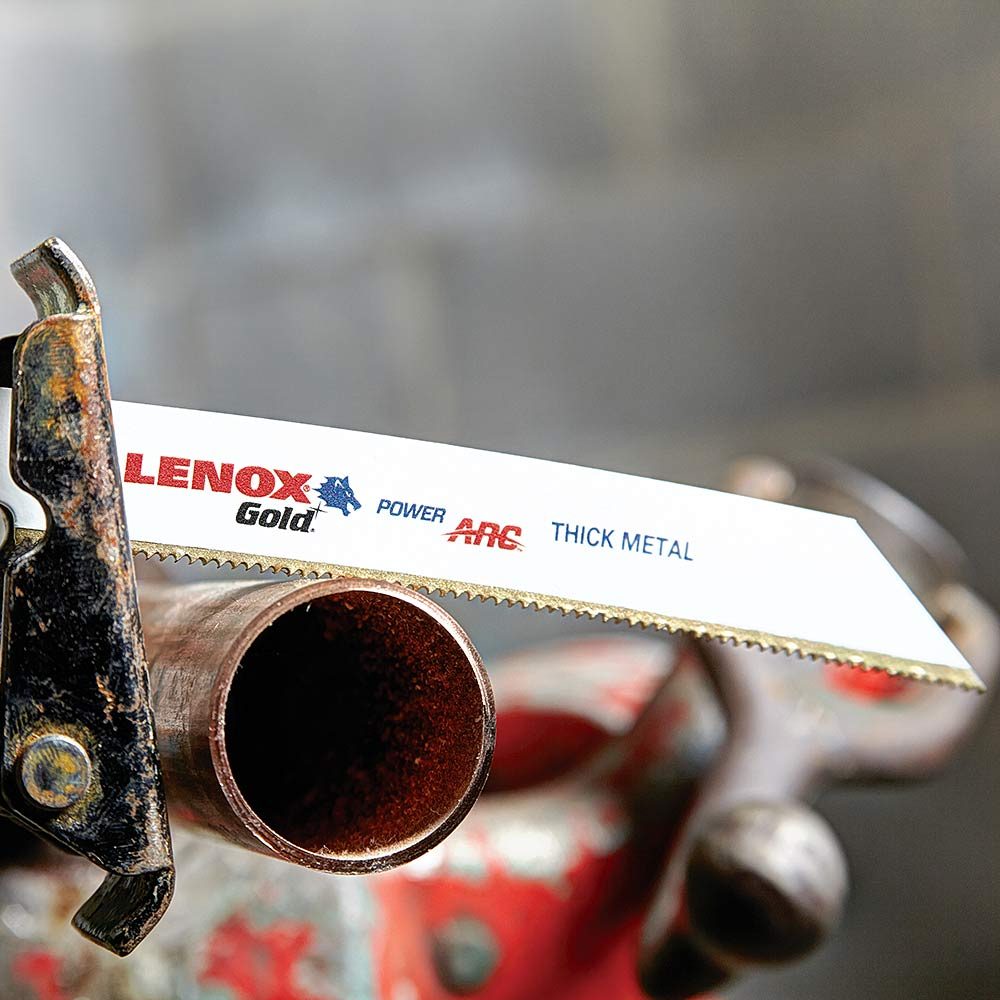
Slice Through Metal With an Arc Blade
Lenox has a curved recip blade in its diverse lineup of tool blades. The curve helps change the angle of attack on every stroke, which speeds up cutting. It’s similar to the orbital action on many reciprocating saws. These blades are not intended for precise scrollwork—they’re most useful when you have a whole bunch of aggressive cuts to make. Lenox Gold Power Arc Curved Blades are available online.
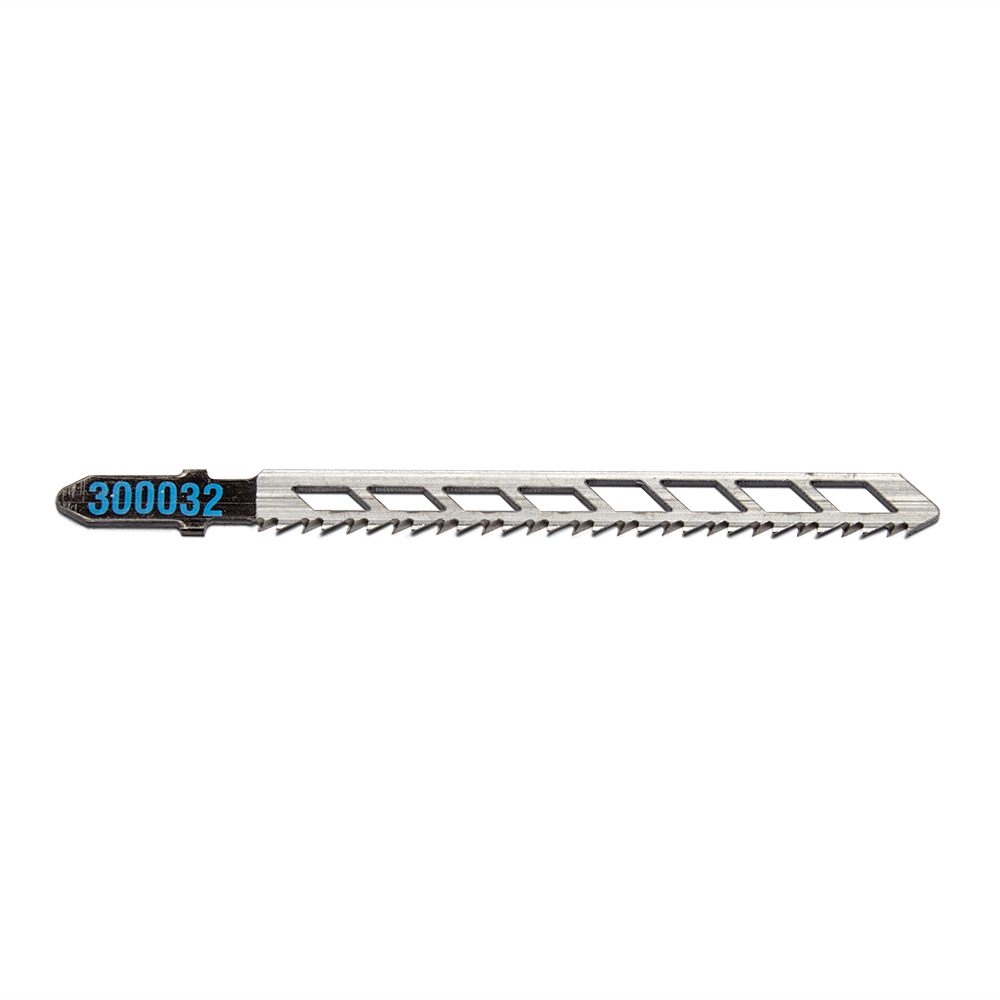
Better Jigsaw Blade for Curves
If you use your jigsaw a lot, you may have noticed that sometimes it is less than perfect when making a curved cut in hardwood. The cut will have leftover burn marks or be slightly beveled from the blade overheating and distorting. Always on the lookout for better tools, we ran across a set of Spyder Skeleton Jigsaw Blades and thought we’d give them a try.
After a few tests in known problem situations, we have to say the blades performed really well. They cut with less friction because of the cutout design and seem to last longer too. There are a variety of blade tooth options for all types of wood and sheet goods. Our favorite is the No. 300022 blade, which cuts super-clean, splinter-free cuts in plywood. Buy a set of Spyder Skeleton Jigsaw Blades here.
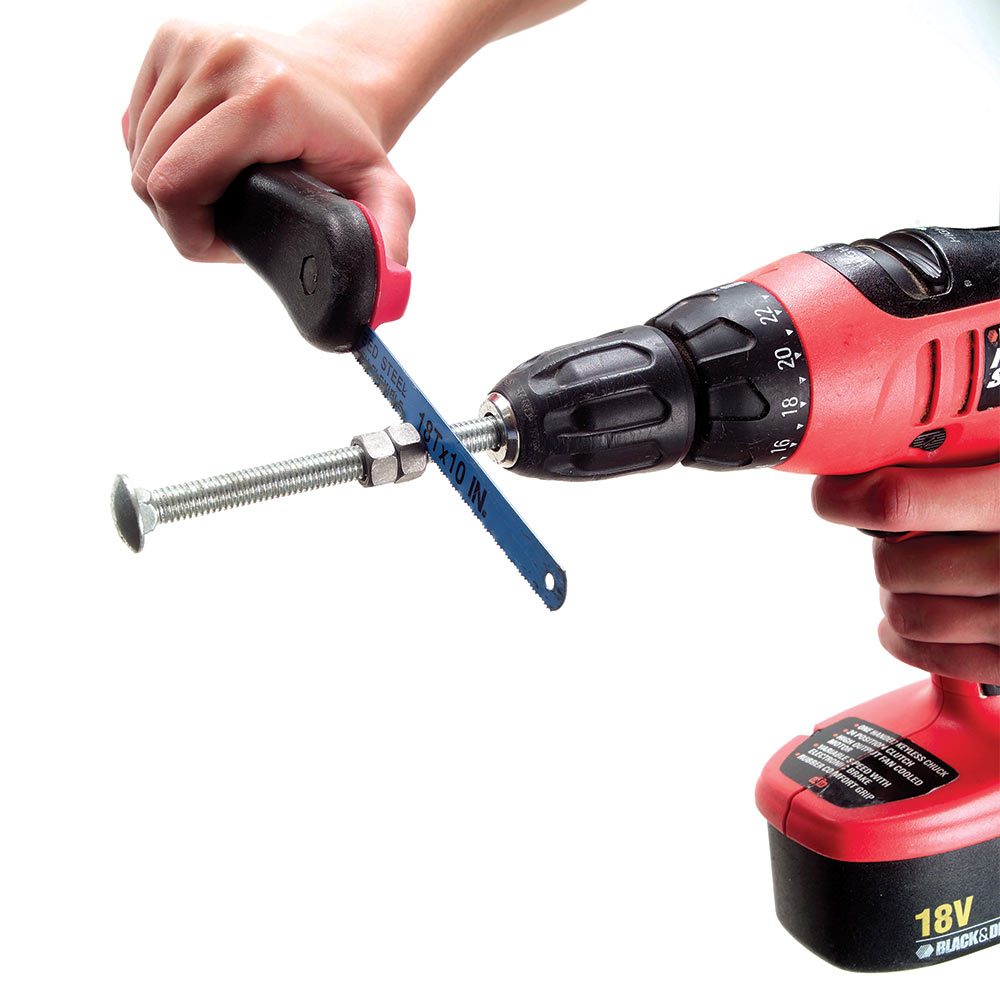
Cut With a Drill
If you need to shorten a bolt, let your drill do the hard work. Spin two nuts onto the bolt, tightening them against each other. Then chuck the bolt into the drill and hold a hacksaw blade against the spinning bolt. The nuts help to steady the blade and clean off burrs when you unscrew them.
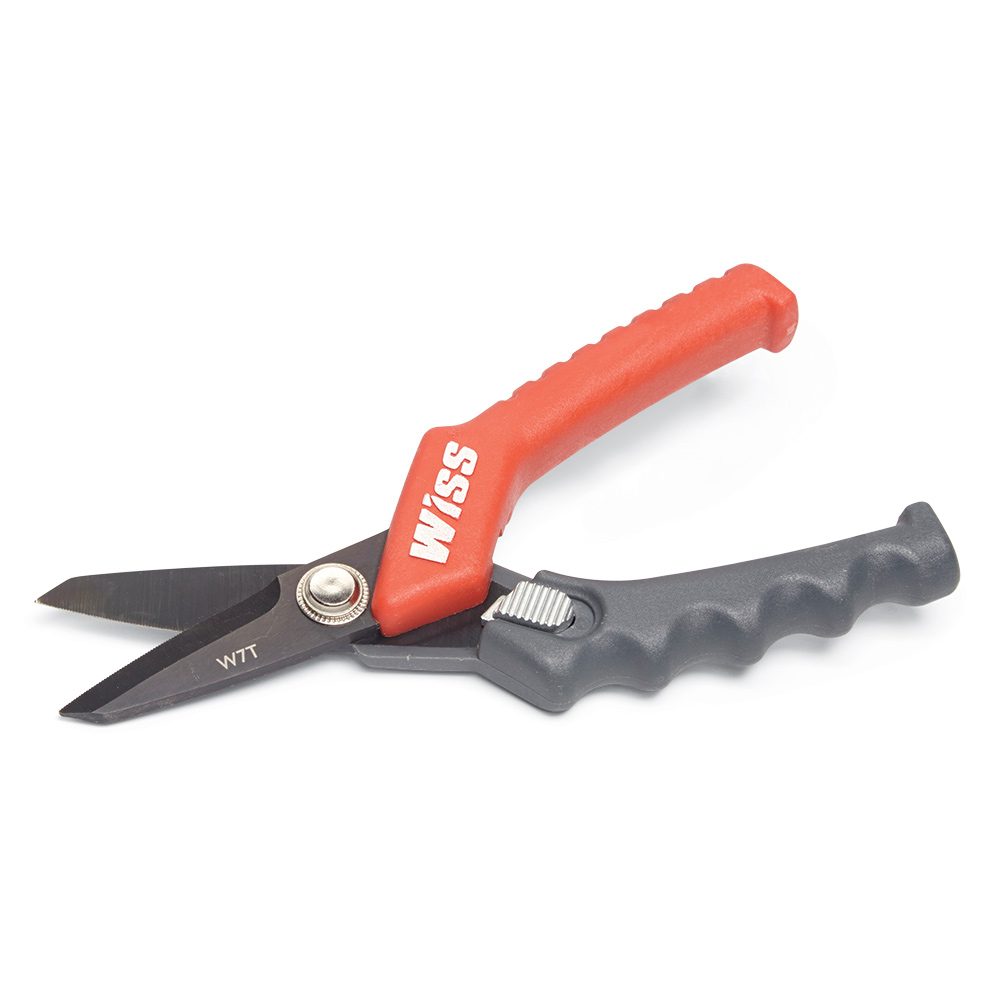
Heavy-Duty Scissors
This 7-inch Titanium Coated Shear from Wiss cuts just about anything. The handles fit nicely in the hand, and it doesn’t take up much room in the pouch. They’re called “utility scissors” and we’ve cut banding straps, aluminum fascia and even a steel stud with them. You probably wouldn’t want to try that with regular scissors.

Cuts Faster than Corded
Pipe-fitters, steelworkers and electricians have been using portable band saws for a while now. Milwaukee Tool wanted to make a cordless model with brushless technology that converts energy into power more efficiently. The result is the M18 FUEL Deep Cut Band Saw. Milwaukee has tested this saw against its own corded models and claims that this battery-powered tool out-sawed its corded competition. The saw has a 5-inch x 5-inch capacity and weighs 15 pounds.
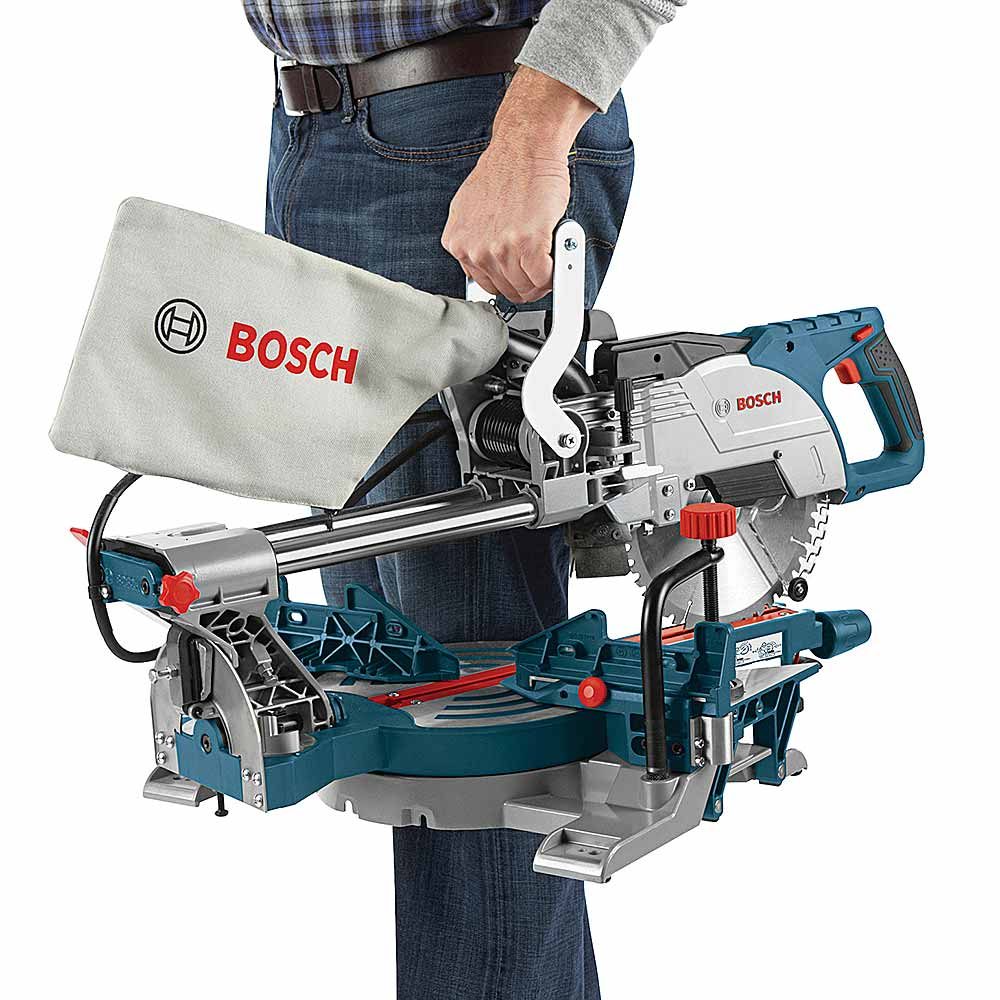
Big Saw in a Small Package
We don’t mind lugging a 60-pound miter saw to a job if we can leave it on-site for a couple of days. But no one wants to heave that beast out of their truck just to make a few cuts. A smaller saw would be great for portability, but it’s hard to find one that performs as well as the big ones.
The Bosch CM8S 8-in. sliding compound saw is only 18 inches wide, but the base expands to 29 inches. It can crosscut a board 12-1/4 inches long and 2-3/4 inches thick. It will create a 45-degree miter on an 8-inch board and can handle a 3-1/2-inch crown mold. That’s a lot of performance from a saw that weighs only 37 pounds.
The “ambidextrous” trigger handle will keep the lefties happy, and the carrying handle makes transporting the CM8S a painless undertaking.
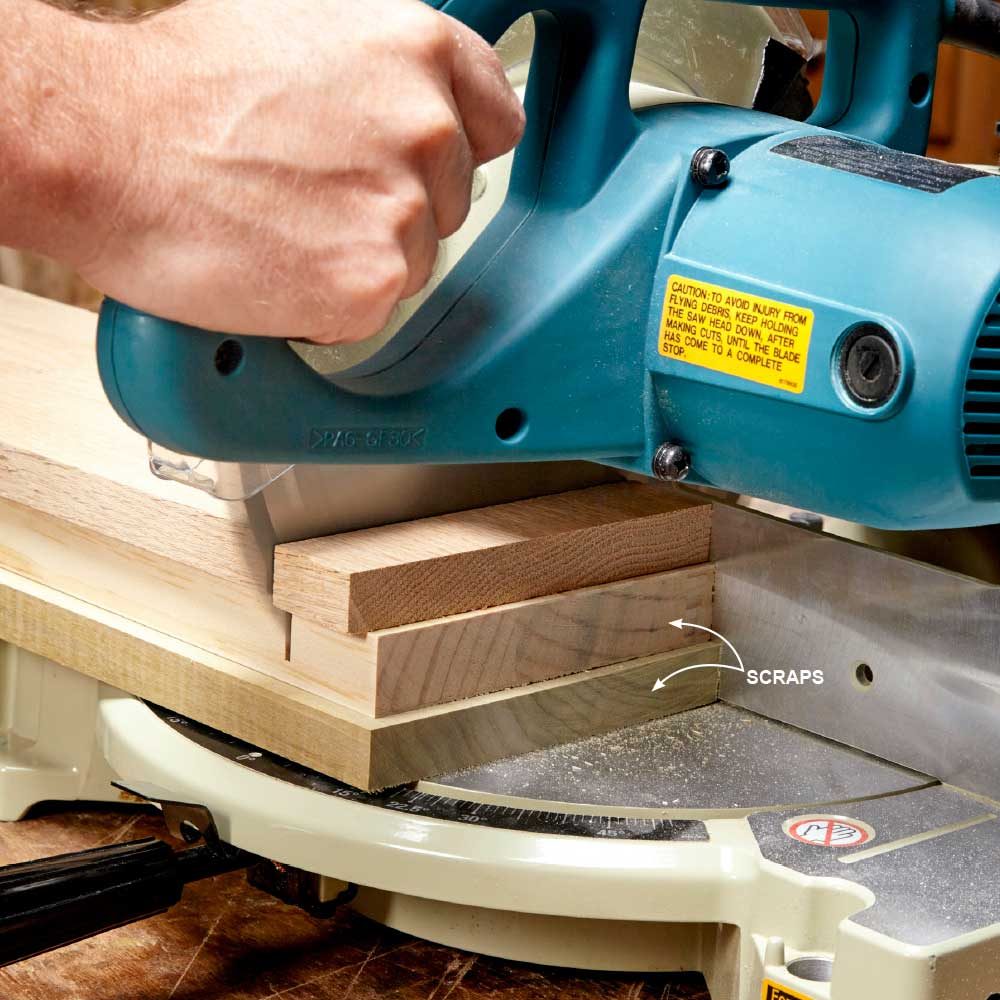
Boost crosscut capacity
If your miter saw can’t quite cut the full width of a board, lay the board on a stack of scraps. That will give you an extra inch or so of crosscut capacity. If that’s not enough, try this: Cut the board as far as possible, then flip it over to complete the cut. Just don’t expect a perfect cut, as aligning the two cuts precisely is surprisingly difficult.
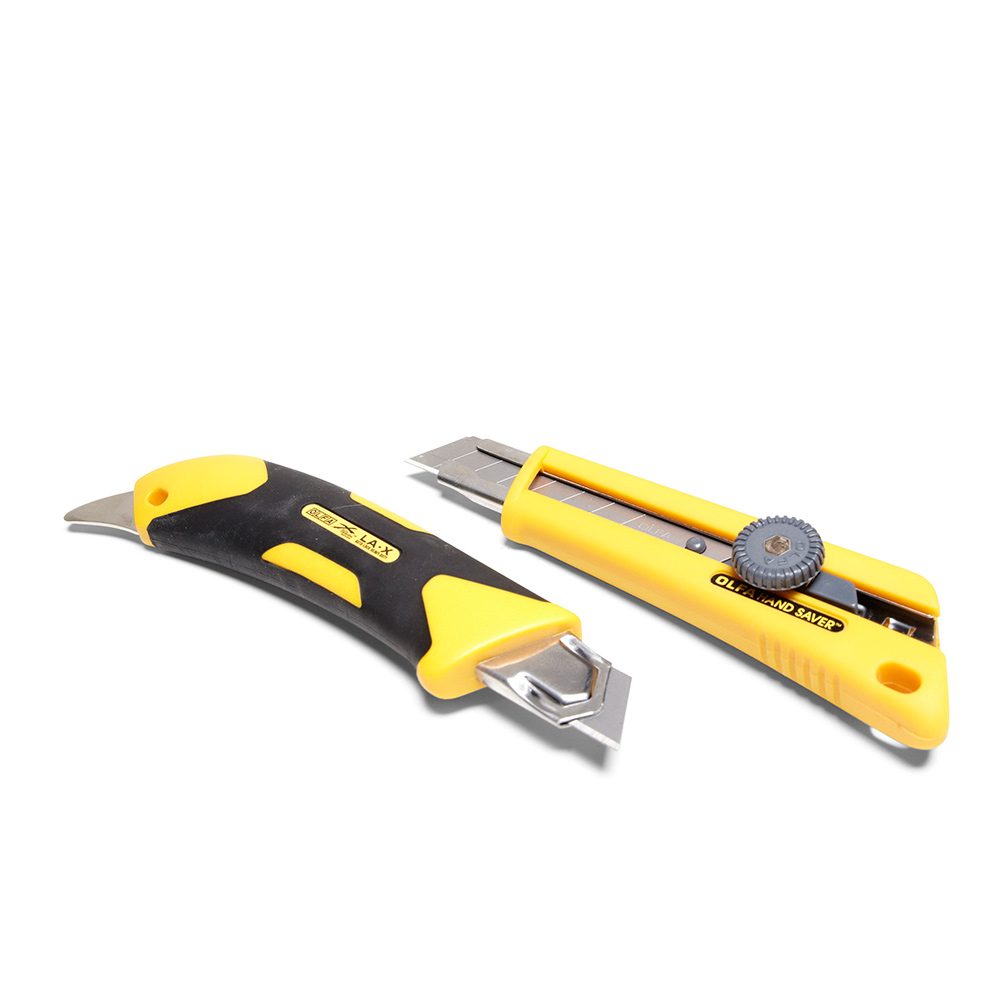
Olfa Utility Knives
Snap-blade knives are a good idea if you do work that requires lots of blade changes. But have you ever tried a snap-blade utility knife and ended up throwing it away? No doubt it was a cheap Olfa knockoff.
Olfa knives are super-sturdy and have been the go-to cutting tool for paper hangers and painters for years. No more changing blades; just snap off the dull one and you’re ready for more cutting.

Framers, Check Out This Blade
Are you the guy on the crew who gets stuck cutting out bottom plates in door openings? Or do you like to cut out the window openings after the walls are up?
Stick a Milwaukee Flush Cut Sawzall blade in the jiggle saw (upside down for plates) and you’re ready for two jobs. Little nubs that are proud of the teeth keep you from cutting into the subfloor or, more important, concrete.
When you’re cutting out the window openings, the “fang tip” is for plunging to start the cut. The stiff blade is long enough to reach sheathing on 2×6 framing, and you’ll get a beautiful flush cut all the way to the corners. Watch a video and find retailers at milwaukeetool.com.
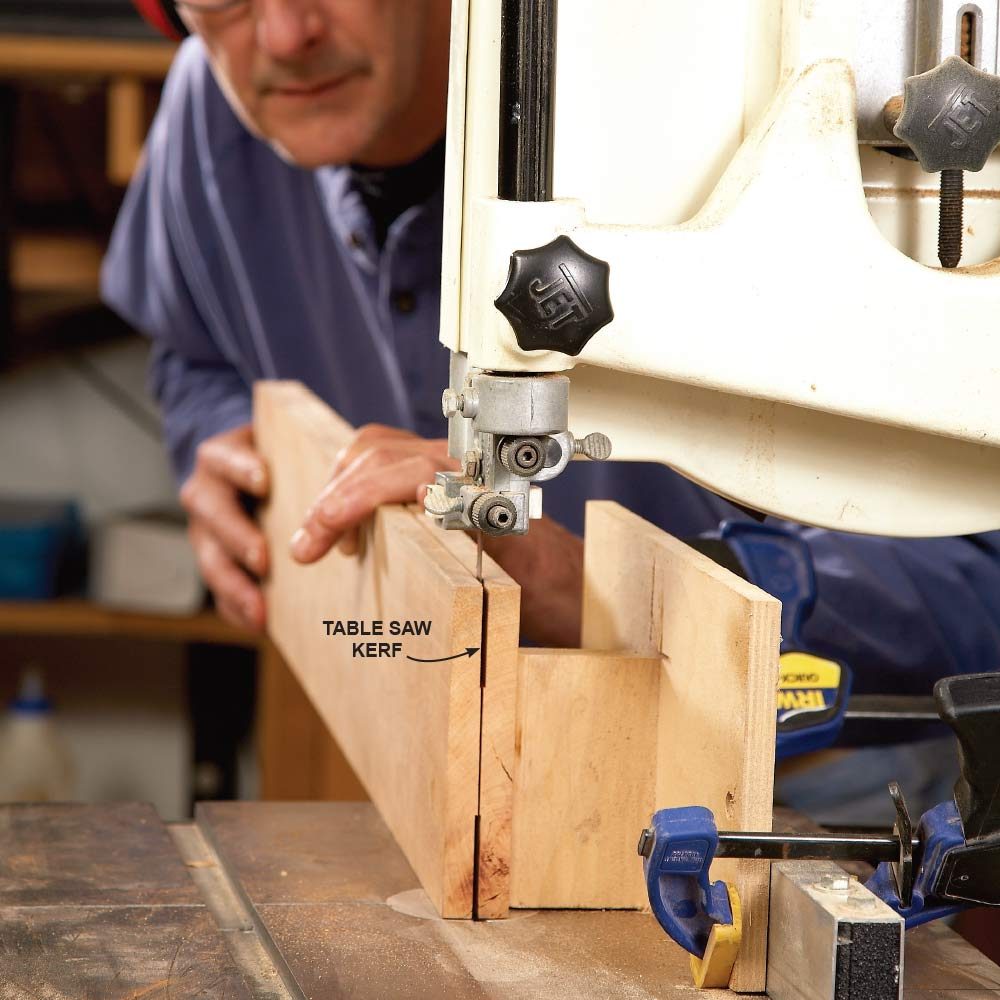
Pre-saw Before You Re-saw
No matter how careful you try to be, sometimes when you re-saw (slice thicker boards into thinner ones on the band saw) it’s hard to get the blade to stop wandering. Here’s a great old trick: First send one edge of the board through the table saw, cutting about 1-inch deep. Turn it end for end and cut another kerf on the opposite edge, and then send it through the band saw. The saw kerfs will act as guides to keep the blade in line. Move to the planer for the final smoothing. Next, see some of our favorite woodworking tools in an episode of Stuff We Love.